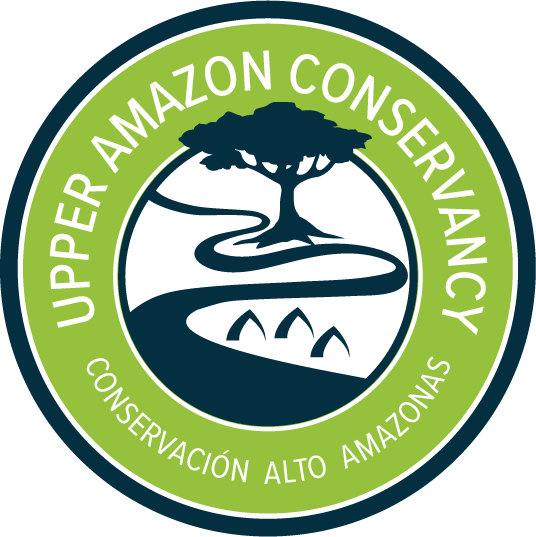Surveillance Patrol with the Sawawo Hito 40 Community
Members of the Sawawo Hito 40 Vigilance Committee
In order to secure the integrity of and care for the territory of the Sawawo Hito 40 native community, a new field patrol in the Amonia river was carried out along with the surveillance committee of Sawawo. The main objective of these patrols is to supervise and monitor the flora, wildlife, and any other event threatening the territory and its resources.
The patrol involved members of the committee, as well as community members and other Indigenous leaders in the region of Yurúa, as well as the technical team of Upper Amazon Conservancy (UAC). The patrol went upstream via the Amonia river up to the Sawawo community. The surroundings of the Sawawo surveillance post were also patrolled. This is close to the illegal road coming from Nueva Italia.
The post had been built by the Sawawo community with support from UAC and the Ashaninka Association of the Amonia River (Apiwtxa), a community located downstream in Brazil. The team found traces of foreigners who entered via the illegal road, and who stole food from the surveillance committee at the post. Likewise, the team found taricaya tracks, as well as evidence of nests being removed by local people—this shows the importance of the awareness process on the sustainable use of the wildlife.
Nevertheless, the team was able to determine the presence of all kinds of fauna, such as the tapir, deer, lowland paca, and birds like the blue-and-yellow macaw, herons, guans, among others. Giant catfish were also seen—gilded catfish, granulated catfish, ripsaw catfish, among others. This shows that the forest of the community is well-preserved and in top condition.




For this activity, forms and worksheets to collect information and a system of transects for surveys. Participants were divided into two groups, each going through the transects in different parts of the river, and gathering valuable data in an area where no surveys showing its conservation status.
The participants of this follow-up and monitoring patrol were highly motivated and with a very good disposition regarding this type of explorations. During the trip, they were trained on how to fill the monitoring forms and on the use of the GPS to mark key and important locations so they can better manage the territory.
Sawawo and UAC have a collaboration agreement for these activities, including training workshops and initiatives of community-based projects, such as the sustainable management and protection of water turtles (Podocnemis unifilis) and awareness-raising on the sustainable use of natural resources the community uses.
We are proud of being part of this important effort, and wish to thank our donors, such as the US Fish and Wildlife Service—USFWS, and our partners working in the field!

